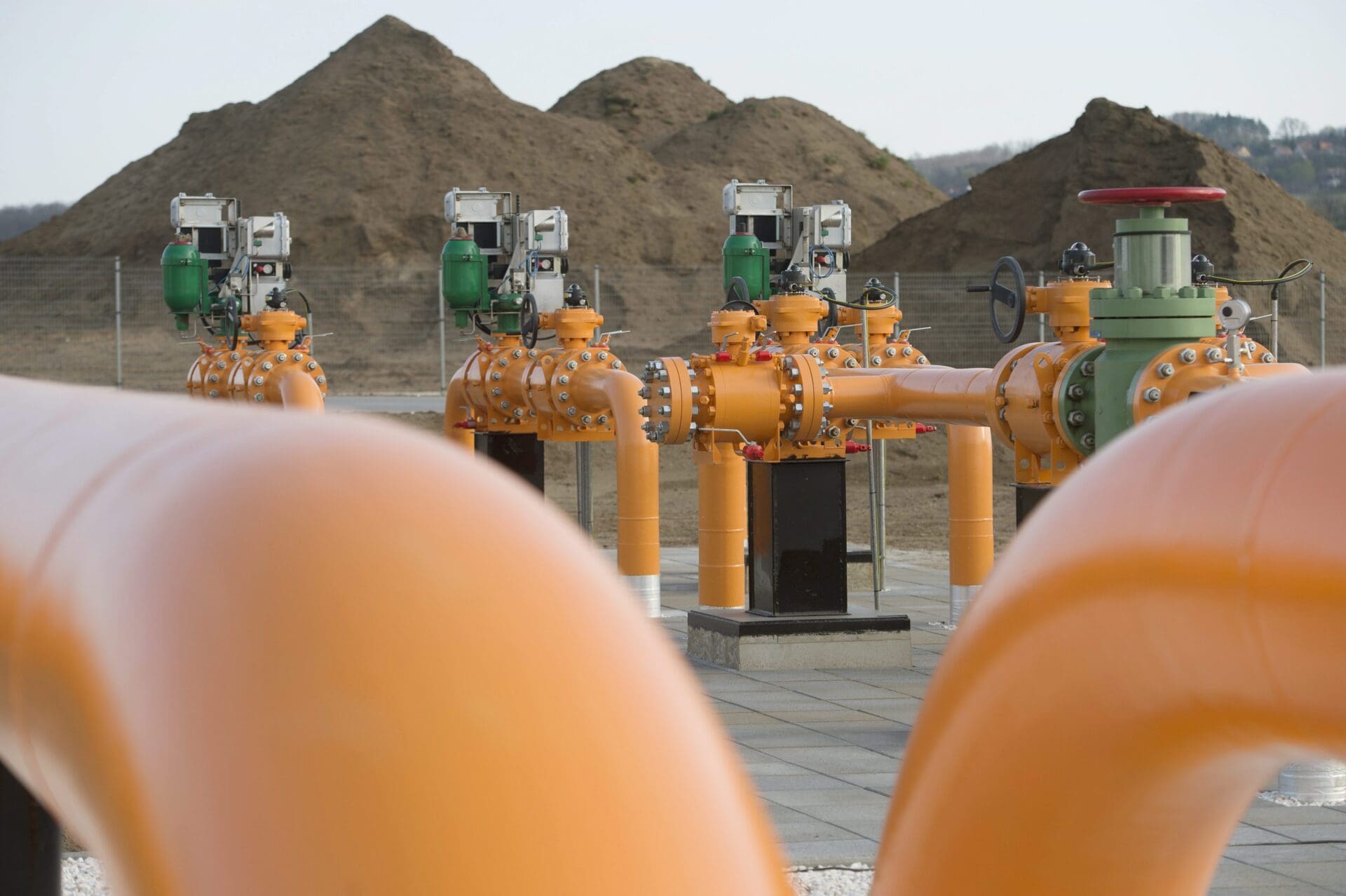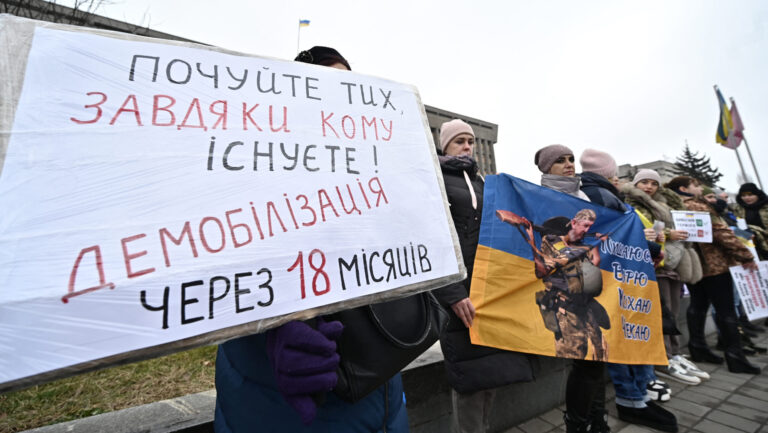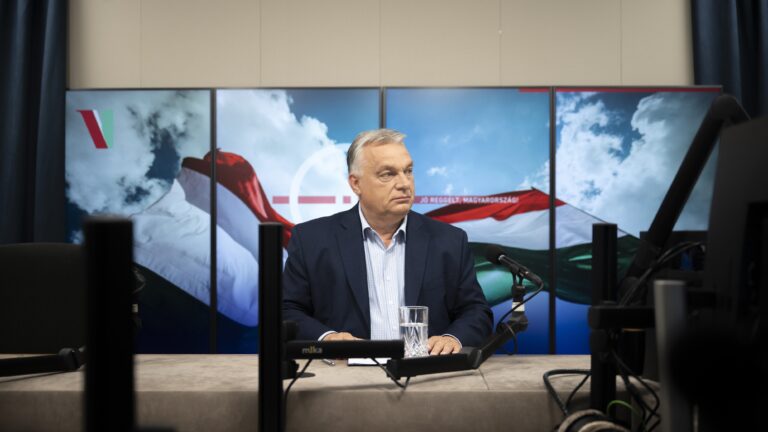Hungary’s abilities to purchase gas continue to expand
‘The Greece-Bulgaria (IGB) and Poland-Slovakia natural gas pipelines, put into commercial operation at the beginning of October, as well as the Baltic Pipe transporting Norwegian gas to Poland, will enable Hungary to further expand its abilities to purchase gas,’ stated Pál Ságvári, Hungarian Energy and Public Utility Regulatory Authority (MEKH) Vice President for International Relations, in a statement sent to MTI on Tuesday.
The Vice President emphasized that due to the energy crisis, high gas prices and the reduction in the availability of Russian sources, infrastructural developments that make alternative sources available to the region are once again ‘booming’ in Europe. According to Mr Ságvári, the demand for the further development of already existing pipelines has also appreciably increased, such as the planned doubling of the current capacity of the Trans Adriatic Pipeline (TAP), which is 10 billion cubic metres per year. On the other hand, the construction of the EastMed Pipeline, intended to deliver gas from the fields of the East Mediterranean region to Southeast Europe, has been given impetus again.
Poland, Bulgaria and Greece
The statement recalled that among the recent gas pipeline developments, the Interconnector Greece-Bulgaria (IGB) Pipeline was inaugurated on 1 October, the first day of the new gas year. IGB was granted an operating license for 50 years in Greece and 35 years in Bulgaria; its total capacity, at which it started operation, is 3 billion cubic metres per year. In addition, the Baltic Pipe built by the Polish Gaz-System was put into operation at partial capacity at the beginning of the gas year; the maximum planned capacity of the pipeline is 10 billion cubic metres per year. Its aim is to expand gas supply sources for Poland and Denmark, as well as other countries in the Baltic Sea region and in Central and Eastern Europe. The project provides direct access for Poland to Norwegian gas resources.
At the end of August, the construction of the Poland-Slovakia gas pipeline was completed as well, so the last missing element of the North-South Gas Corridor connecting the Baltic Sea with the Adriatic Sea is in place now. Thanks to the investment, natural gas can now be transported between the Krk LNG terminal in Croatia and the terminals in Poland and Lithuania, and the gas sources in Southern Europe, North Africa and the Caucasus, as well as in Norway, are now available to all countries of the region. With the new pipeline, 4.7 billion cubic metres of natural gas will be transported to Slovakia, while 5.7 billion cubic metres in the opposite direction. The development is also important for Hungary, since by putting the pipeline into operation, new alternative sources of natural gas can be accessed through the existing HU-SK Gas Interconnector, MEKH stressed.
Click here to read the original article








